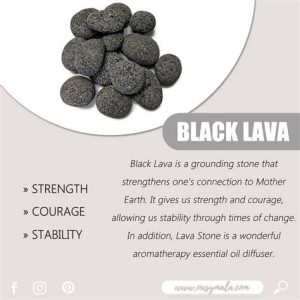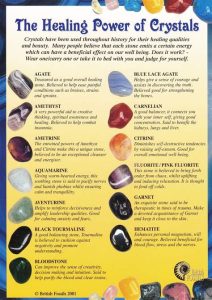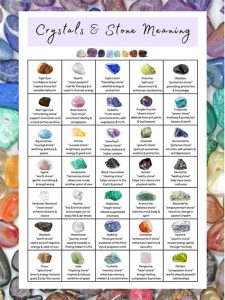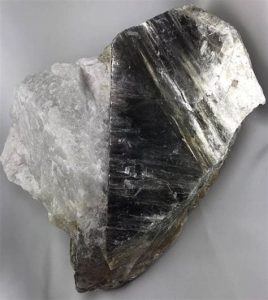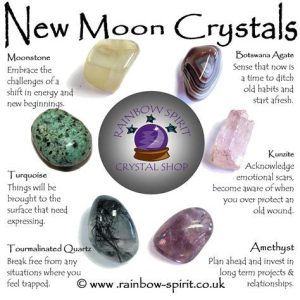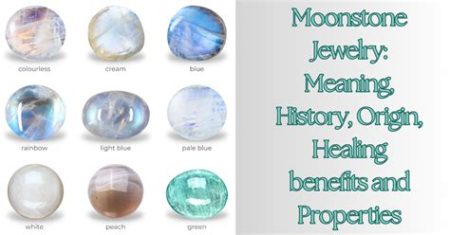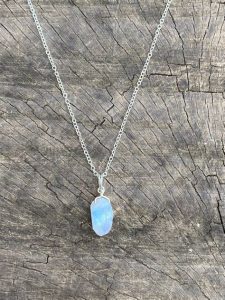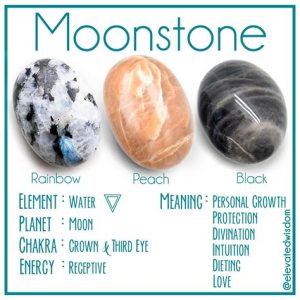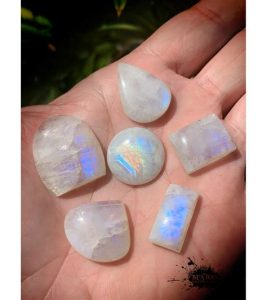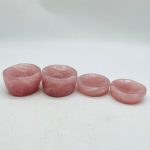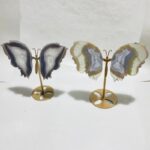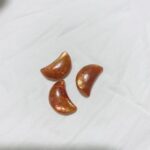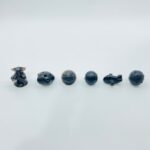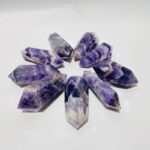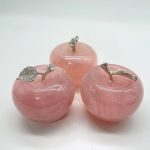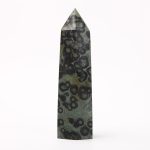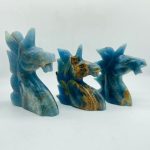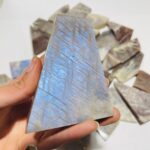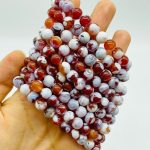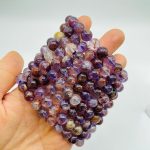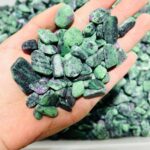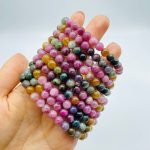White vs. Black Light: A Luminescent Showdown
When it comes to illuminating hidden details, white light and black light take center stage.

White Light: The Visible Spectrum Unveiled
- Wavelengths: 400-700 nm
- Reveals natural colors and textures
- Everyday source: sunlight, LED bulbs
Black Light: The Invisible Realm Unmasked
- Wavelengths: 320-400 nm (ultraviolet)
- Invisible to the naked eye
- Induces fluorescence in certain substances
Fluorescence: The Key to Blacklight Glow
Fluorescence occurs when certain materials absorb ultraviolet light and re-emit it as visible light. This phenomenon gives rise to the vibrant glow characteristic of blacklight environments.
What Glows under Black Light?
- Fluorescent Minerals: Minerals like calcite, fluorite, and scheelite glow in vibrant hues
- Natural Pigments: Certain plants and animals produce pigments that fluoresce under black light, such as chlorophyll and riboflavin
- Synthetic Dyes: Fabric, paper, and other objects treated with fluorescent dyes glow vividly
- Biological Fluids: Blood, urine, and other bodily fluids can fluoresce for forensic and medical purposes
- Invisible Ink: Hidden messages and designs written with fluorescent ink become visible under black light
Applications of Blacklight Technology
- Crime Scene Investigation: Detecting bloodstains, fingerprints, and other evidence
- Healthcare: Diagnosing skin conditions, detecting counterfeit drugs, and sterilizing equipment
- Art Conservation: Evaluating paintings, identifying forgeries, and highlighting hidden details
- Mineral Exploration: Identifying fluorescent minerals in rocks and gemstones
- Security: Verifying tickets, banknotes, and other documents with fluorescent markings
Benefits of Blacklight Illumination
- Enhanced Visibility: Unveils hidden details and patterns invisible to white light
- Forensic Advantages: Detects evidence otherwise obscured or invisible
- Art Appreciation: Enhances the appreciation of artwork by revealing concealed features
- Medical Advancements: Facilitates diagnosis and treatment through fluorescence microscopy
- Scientific Research: Helps scientists study biological processes, material properties, and geological formations
Strategies for Maximizing Blacklight Glow
- Use a Strong Black Light Source: A higher intensity black light enhances fluorescence
- Limit Ambient Light: Minimize interference from white light sources to optimize glow
- Choose High-Quality Fluorescent Materials: Substances with high fluorescence yield produce the brightest glow
- Consider the Absorption Spectrum: The wavelength of the black light should match the absorption spectrum of the fluorescent material
- Use UV Absorbing Filters: Block out white light from the black light to enhance fluorescence
FAQs on Blacklight Luminosity
-
Why do some things glow under black light?
– The presence of fluorescent substances that absorb ultraviolet light and re-emit it as visible light. -
What materials are the best at fluorescing under black light?
– Calcite, fluorite, scheelite, and certain synthetic dyes. -
What is the ideal wavelength for a black light to induce fluorescence?
– Wavelengths between 320-400 nm. -
What safety precautions should be taken when using black lights?
– Avoid prolonged exposure to skin and eyes, and ensure the light source is shielded from direct view. -
Can black lights damage paintings and other artwork?
– Yes, prolonged exposure can potentially cause fading and degradation of materials. -
What is the future of blacklight technology?
– Advancements in UV LED technology and the development of innovative fluorescent materials promise expanded applications in fields such as healthcare, forensics, and entertainment.
Conclusion
Blacklight illumination unveils a hidden world of fluorescence, enhancing our perception of objects and providing valuable insights in diverse fields. By understanding the principles of fluorescence and employing effective strategies, we can harness the power of blacklight to maximize its benefits and explore the remarkable possibilities it holds.

